User Experience (UX) refers to how users engage with and understand an internet website, including its functionality, accessibility, performance, design, and content. An effective UX encourages site visitors to stay longer, interact more, and convert, making it vital for website success.
In modern-day years, search engines like Google, especially Google, have placed growing significance on UX as a rating difficulty. Businesses can not deal with UX and SEO as separate entities—they must work together to beautify both seek visibility and consumer engagement.
This article explores the connection between UX and seek engine advertising, breaking down key UX components and reading how search engines like Google, like Google, test UX. By know-how and imposing UX first-rate practices, organizations can decorate each are seeking for rankings and man or woman pride.
Understanding User Experience (UX)
UX is the inspiration of a successful website, influencing how website online traffic understands, interacts with, and navigates via an internet site. A properly optimized UX ensures customers can find information without trouble, interact efficiently, and leave a nice impact, boosting search engine marketing performance.
Main Components of UX
- Usability: A net website wants to be clean and intuitive to navigate. Clear menus and a logical form decorate purchaser engagement.
- Accessibility: Ensuring all users, including people with disabilities, can engage with the net page. WCAG (Web Content Accessibility Guidelines) compliance improves inclusivity and aligns with search engines’ patron-first approach.
- Performance: Page pace and responsiveness are crucial. Slow-loading websites frustrate clients and increase bounce prices, negatively impacting search engine optimization. Optimize pics and caching, and implement a CDN (Content Delivery Network) to beautify overall performance.
- Design: Achieve a balance between aesthetics and capability. Clean designs, constant branding, and nicely chosen sun shades and typography enhance each seen enchantment and usefulness.
- Content: Well-hooked-up and easily understandable material material encourages users to stay longer. Use scannable formats (bullet elements and subheadings) and relevant visuals to engage clients.
- Interactivity: Interactive elements, such as stay chat, infographics, and comments paperwork, make an internet site more dynamic and engaging.
Psychological Principles in UX Design
Understanding patron psychology permits create memories that align with herbal behaviors:
- Color Psychology: Colors evoke emotions and impact movements. Blue conveys belief (used by structures like Facebook and LinkedIn), while crimson creates urgency (frequently utilized in CTAs).
- Visual Hierarchy: Users test pages in predictable patterns (along with the F-sample and Z-sample). Placing crucial information and CTAs alongside these paths increases visibility and engagement.
- Cognitive Load: Overloading customers with data or complex navigation can weigh down them. Simplifying content material fabric and breaking data into smaller chunks reduces cognitive strain, improving user retention and interplay.
By getting to know those UX fundamentals, organizations can create seamless, man or woman-nice experiences that keep customers engaged—ultimately boosting search engine advertising and marketing’s essential overall performance.
The Intersection of UX and SEO

User Experience (UX) and search engine optimization (SEO) are not separate disciplines—they now work in tandem to promote website fulfillment. Google aims to offer the maximum applicable, accessible, and tremendous consequences, so profitable websites prioritizing UX with higher visibility seek scores.
Search Engine Algorithms and UX
Google’s ranking algorithms have advanced to prioritize personal pride. Key purchaser alerts, along with soar fee, stay time, and click-via charge (CTR), are used to evaluate net website performance:
- Bounce Rate: An immoderate bounce price may, moreover, signal poor UX or, besides the factor, content material.
- Dwell Time: Longer stay time suggests that customers discover the content treasured, which undoubtedly influences scores.
- CTR: An optimized meta name and description can increase CTR, signaling relevance to Google.
Optimizing for web page velocity, readability, and mobile responsiveness improves consumer alerts, resulting in better ratings.
Core Web Vitals and Their Impact
Core Web Vitals are fixed of UX-targeted rating factors that have a look at the internet site’s ordinary performance:
- Largest Contentful Paint (LCP): This measures how lengthy the maximum huge visible element (image or text) takes to load. A fast LCP (below 2. Five seconds) improves UX.
- First Input Delay (FID): Measures the time between a patron’s first interaction (like clicking a button) and the web page’s reaction. A low FID (below 100ms) boosts interactivity.
- Cumulative Layout Shift (CLS): Measures seen balance. A CLS score below 0.1 ensures a clean experience by preventing irritating format shifts.
Optimizing Core Web Vitals improves every user revel in and search engine marketing ratings.
Read Full Article- Understanding Core Web Vitals and Their SEO Impact
Mobile-First Indexing
Google now uses the cell version of an internet web page for indexing and scoring, making mobile UX vital for search engine optimization. To optimize for cellular-first indexing:
- Use a responsive format that adapts to various show sizes.
- Ensure textual content, photographs, and buttons are easy to get admission to on cell devices.
- Optimize internet page pace using lowering scripts and compressing pictures.
Mobile-friendly internet websites are rewarded with better ratings and reduced soar costs.
Main UX Factors Affecting SEO
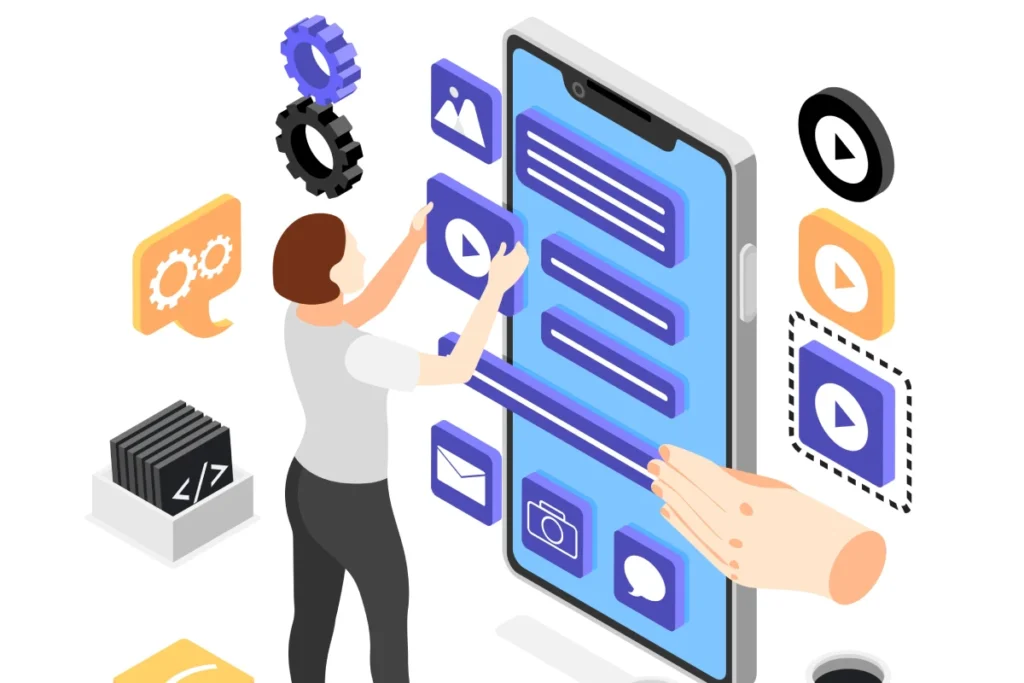
UX is a crucial feature in search engine advertising, and optimizing key UX elements can improve search rankings and individual engagement.
Site Speed and Performance
Site speed is a critical UX and search engine marketing element. Slow websites increase expenses and negatively affect ratings.
- Impact: 50 percent of cellular customers abandon a web page if it takes longer than three seconds to load.
- Tools: Use gear like Google PageSpeed Insights, GTmetrix, and Lighthouse to identify performance problems.
Optimization Techniques:
- Compress pix (e.g., WebP or JPEG 2000).
- Reduce HTTP requests by minimizing scripts and outdoor resources.
- Use a CDN and leverage browser caching.
Mobile Responsiveness
Mobile optimization is critical for SEO due to Google’s cellular-first indexing.
Best Practices for Mobile Optimization:
- Use a responsive design with bendy layouts and scalable pics.
- Avoid intrusive pop-ups.
- Ensure buttons and contact factors are well-spaced.
- Test your website using Google’s Mobile-Friendly Test tool to ensure cellular optimization.
Navigation and Site Structure
Simple navigation and site structure decorate both UX and search engine optimization. An intuitive layout enables clients and SERPs like Google and Yahoo to navigate a net web page without problems.
Methods for Improving Navigation:
- Use descriptive menu labels.
- Implement breadcrumbs for less complicated navigation.
- Keep URL structures easy (e.g., example.Com/magnificence/subject be counted).
Content Quality and Relevance
High-first-rate content material that aligns with patron motive is critical for every UX and SEO.
Content Strategies:
- Conduct keyword studies to align content cloth with a person’s motive.
- Use scannable codecs (short paragraphs, subheadings).
- Include interactive content material like infographics, FAQs, and movement images.
Content that meets individual desires improves engagement and boosts scores.
Visual Design and Layout
A website’s layout influences both UX and SEO, influencing personal engagement and time on the website.
Best Design Practices:
- Use regular color schemes to decorate logo reputation.
- Leverage whitespace for better clarity.
- Interactive factors like buttons and hover results increase engagement.
Balancing aesthetics with capability improves each customer experience and seeks performance.
Measuring UX for SEO Success
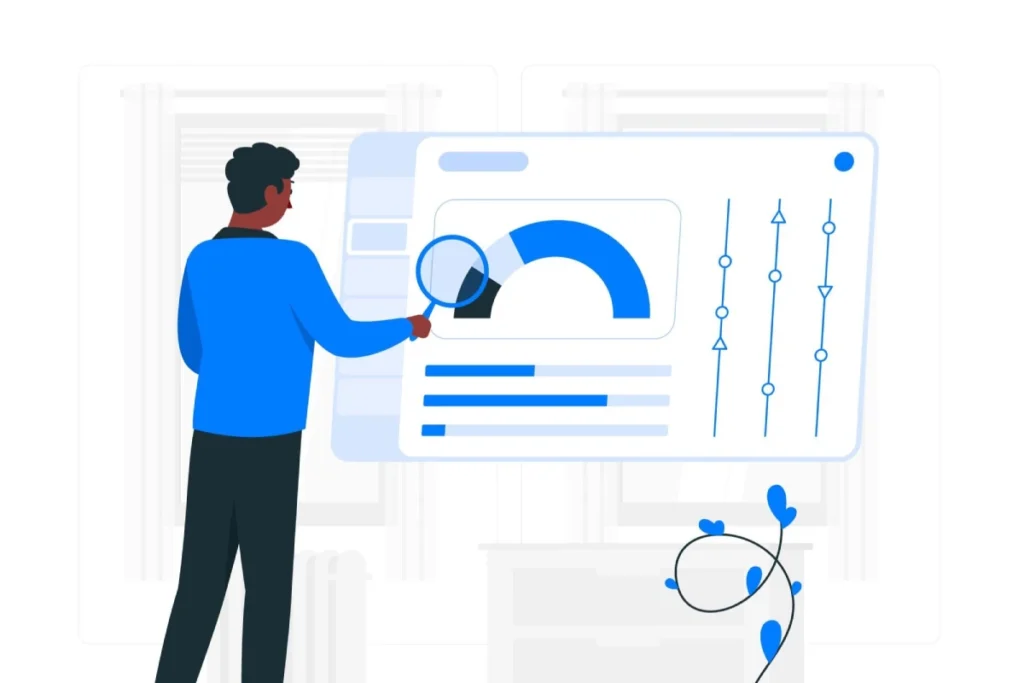
Tracking and measuring the impact of UX on search engine marketing is essential for refining strategies and achieving better overall performance. By reading key metrics and using the proper gear, agencies can identify areas for development and fine-tune their techniques for major outcomes.
Key Metrics to Track
- Bounce Rate: The percentage of visitors who depart the internet site online after viewing an exceptional web page. An immoderate soar price regularly indicates terrible UX, slow load instances, or inappropriate content material.
- Time on Site (Dwell Time): Measures how long customers live on an internet page. Longer residence time suggests the content fabric is enticing and precious.
- Pages Per Session: The amount of pages a consumer visits in advance rather than leaving. More pages in keeping with consultation and a properly hooked-up website with robust inner linking are recommended.
- Conversion Rates: The percentage of users who complete a desired action (e.g., purchasing, registering, or downloading). An adequately designed UX can improve conversions by offering a seamless experience.
- Core Web Vitals Scores: Metrics like Largest Contentful Paint (LCP), First Input Delay (FID), and Cumulative Layout Shift (CLS) right now affect rankings and the enjoyment of ordinary consumers.
Tools for UX Analysis and Improvement
- Google Analytics: Offers insights into personal conduct, leap expenses, consultation intervals, and conversion paths.
- Google Search Console: Tracks searching for essential performance identifies cell usability issues, and video shows devices’ Core Web Vitals.
- Hotjar: Uses heatmaps, consultation recordings, and character feedback to recognize how traffic engages with the website.
- Crazy Egg: Provides scroll maps and click tracking to visualize character behavior and emerge as privy to navigation issues.
- PageSpeed Insights & Lighthouse: Analyze the website’s online speed, universal performance, and Core Web Vitals, providing actionable pointers for development.
UX Optimization Strategies for search engine optimization
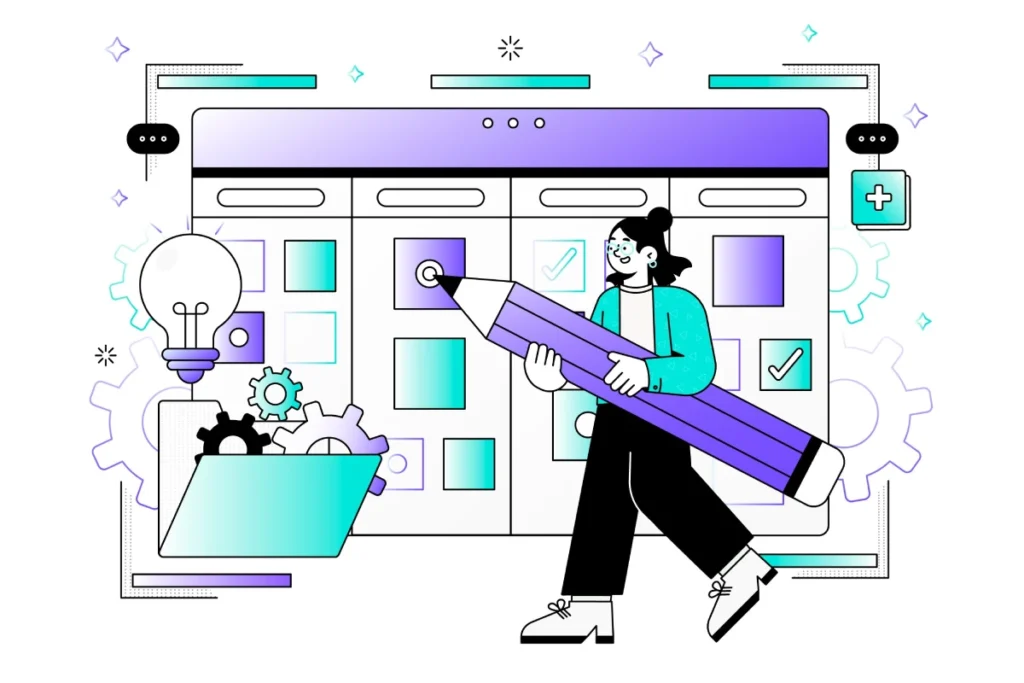
Enhancing UX for seek engine advertising calls for a considerate technique that balances usability, engagement, and rankings.
Enhancing Microcopy and CTAs for Better Engagement
Microcopy consists of small text elements (e.g., button labels, form instructions, error messages) that help guide clients through the website.
Impact on User Actions:
Clear, concise microcopy reduces friction, guiding customers quickly through the internet site. Well-positioned CTAs (Calls to Action) encourage conversions and raise engagement. Personalization (e.g., “Start Your Free Trial” vs. “Sign Up”) also improves client interaction.
Best Practices for Microcopy:
- Keep it short and action-oriented (“Get Started” vs. “Submit”).
- Use friendly, conversational language (“Oops! That electronic mail no longer appears proper”).
- Create urgency even as necessary (“Limited-time offer—Claim now!”).
Reducing Pop-Ups and Intrusive Interstitials
Intrusive pop-u.S.Moreover, interstitials negatively affect each UX and search engine advertising. Google even penalizes sites with disruptive pop-ups.
Why They Harm UX and Search Engine Marketing:
- Disrupt the purchaser adventure, growing leap fees.
- Slow down web page load instances, which negatively impacts Core Web Vitals.
- Penalized under Google’s Page Experience update.
Alternatives to Improve UX:
- Use exit-rational pop-ups as opposed to immediate pop-ups.
- Position pop-u. S.A.In non-intrusive regions (e.g., sidebars or sticky headers).
- Ensure the United States is cellular-friendly, small, and easily dismissible.
Improving Site Search and Internal Linking
An optimized web page seeks an inner linking shape to decorate UX and search engine optimization.
How Site Search Enhances UX:
- Helps customers discover the statistics they want, decreasing frustration.
- Provides precious insights into purchaser cause through searching for queries.
- Encourages customers to interact similarly with content fabric.
Internal Linking Strategies:
- Link to applicable content material inside articles to guide users.
- Use descriptive anchor text that genuinely explains the linked internet page.
- Develop a logical web page hierarchy to beautify indexing and crawlability.
Real examples display the measurable benefits of UX enhancements for seek engine advertising.

Case Study 1: Website Speed Optimization and Ranking Boost
Problem: An e-change website had excessive bounce rates due to sluggish loading times, which harmed natural ratings and conversions.
Solution:
- Implemented lazy loading to prioritize visible content material.
- Compressed photographs are used in WebP format to reduce file sizes.
- Integrated a CDN for quicker content fabric delivery.
Result:
- 40% decrease in soar price.
- 1.Eight-2d improvement in load time.
- Significant ranking improvement for aggressive key phrases.
Case Study 2: Mobile Responsiveness and Increased Engagement
Problem: An online news site had excessive bounce rates and espresso engagement on mobile, which led to a drop in traffic.
Solution:
- Upgraded the internet site online with a cellular-first method.
- Improved font readability and button sizes for cell customers.
- Reduced invasive classified ads and pau.S. Of America for a better patron revels in.
Result:
- 30% increase in not unusual session period.
- 15% increase in cell traffic.
- Enhanced ratings for cellular are searching for queries.
Common UX Mistakes Affecting Search Engine Optimization
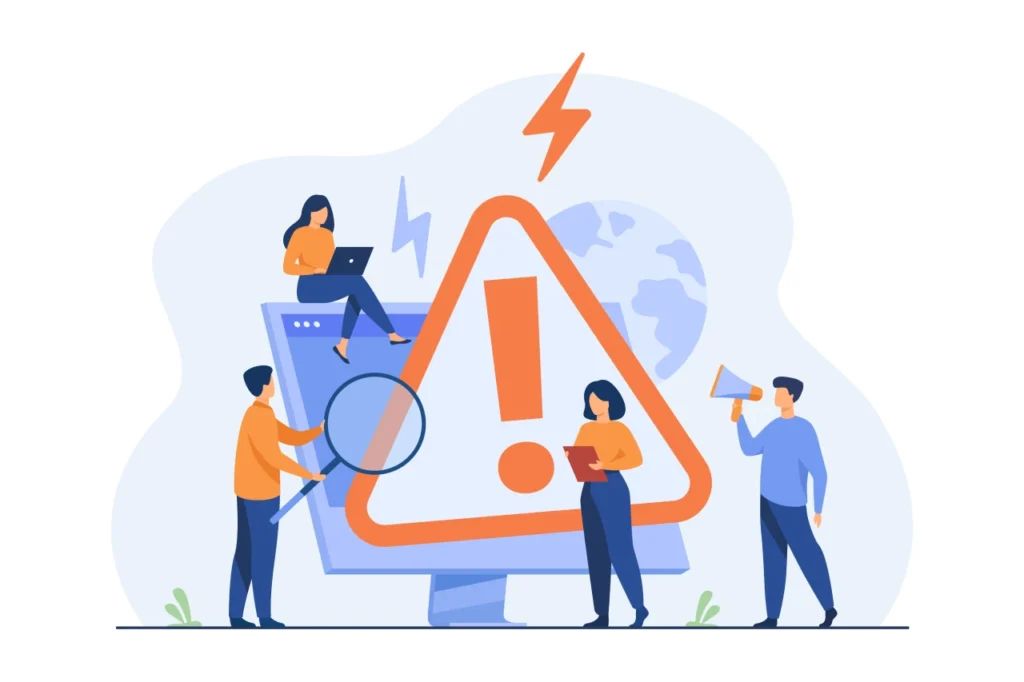
Poor client experience (UX) can frustrate traffic and harm SEO’s typical overall performance. Here are a few common UX mistakes that negatively affect search engine marketing and strategies to repair them.
Overlooking Mobile Optimization
Concern: Non-responsive designs result in immoral character tales on cell gadgets, increasing leap fees.
Impact: Google’s cellular-first indexing prioritizes cell-friendly websites. Failing to optimize for cells can bring about lower scores and lost traffic.
Solution:
- Use responsive layout: Ensure the content adapts seamlessly to excellent display sizes.
- Optimize contact additives: Buttons, menus, and unique interactive elements must be smooth enough for mobile gadgets.
- Test mobile-friendliness: Use Google’s Mobile-Friendly Test to quickly understand and cope with issues.
Neglecting Page Speed Optimization
Concern: Slow-loading pages frustrate clients, boom bounce charges, and damage everyday customer engagement.
Impact: Page pace is a vital ranking aspect in Google’s Core Web Vitals (LCP, FID, CLS). A gradual website can negatively affect ratings and conversions.
Solution:
- Compress photographs: Use codecs like WebP for smaller file sizes without sacrificing great.
- Reduce scripts: Minimize needless scripts and implement lazy loading to improve load times.
- Use a Content Delivery Network (CDN): Distribute content material across several servers to rush up load instances, especially for worldwide audiences.
Poor Navigation and Information Architecture
Problem: Confusing menus and disorganized content fabric make it challenging for customers and engines like Google to navigate the net web page, which is fundamental to terrible enjoyment.
Impact: Poor navigation can increase soar rates, reduce engagement, and avert Google’s ability to move the net web page slowly and correctly.
Solution:
- Intuitive and straightforward menus: Organize content material into logical lessons that can be clean to discover.
- Implement breadcrumb navigation: Helps clients apprehend their area inside the website and navigate to previous pages without problems.
- Enhance internal linking: Ensure applicable pages are related to enhance individual flow and indexing.
Ignoring Accessibility Standards
Concern: Websites not to be had for clients with disabilities exclude an outstanding part of the target audience, restricting engagement.
Impact: Poor accessibility can result in missed possibilities, criminal risks, and better leap prices from clients who can not navigate the website correctly.
Solution:
- Follow WCAG hints: Ensure your internet site meets Web Content Accessibility Guidelines (WCAG) to make it usable for people with disabilities.
- Use alt text for photographs: Provide descriptive textual content to make content accessible to screen readers.
- Ensure keyboard navigability: Ensure all interactive factors are accessible through the keyboard.
- Use accessibility tools: Tools like WAVE and AXE can help you become privy to and treat accessibility problems in your website.
Excessive Use of Ads and Intrusive Elements
Concern: Overuse of classified ads, autoplay videos, and invasive pop-u. S.A. Of americadisrupt the customer revel in and gradual web page loading.
Impact: Google penalizes websites with intrusive interstitials, especially on cellular devices, adversely affecting UX and search engine marketing ratings.
Solution:
- Use non-intrusive ad placements: Ads have to now not interfere with content material or disrupt the consumer experience.
- Limit pop-ups: Use exit-motive pop-ups instead of ones without delay. Ensure that pop-America of America is easy to push aside.
- Optimize web page format: Balance monetization with consumer enjoyment by putting commercials subtly and minimizing interruptions.
Future Trends in UX and SEO

The intersection of UX and search engine optimization continues to adapt, with rising technologies and new traits shaping the destiny of virtual stories. Staying ahead of those traits will help organizations maintain competitive scores and patron engagement.
AI and Machine Learning in UX Optimization
How AI Enhances UX:
- Personalized content material tips (e.g., Netflix, Amazon) beautify consumer engagement by offering tailor-made studies.
- Chatbots and digital assistants decorate purchaser interactions, offering immediate assistance and reducing bounce costs.
- AI-powered A/B checking out enables optimized page designs and CTAs for higher ordinary performance and engagement.
Search engine marketing Impact:
- RankBrain and exclusive AI-powered algorithms prioritize consumer purpose and behavioral signs. Optimizing UX to satisfy those expectations is prime to rating fulfillment.
Personalization and Dynamic Content Delivery
How Personalization Improves UX:
- Websites dynamically adjust content fabric primarily based on user alternatives and beyond interactions, improving engagement and relevance.
- E-trade internet sites use recommendation engines to suggest products based totally on previous behavior, boosting conversions.
- Personalized touchdown pages tailor-made to a person’s wishes can increase conversion fees.
SEO Impact:
- Google rewards engagement-driven critiques. Personalized content material maintains clients’ on-website longer, enhancing time-on-web page and lowering bounce expenses, which are indicators of search engine marketing success.
Emerging Technologies (AR, VR) and Their Impact on UX
How AR and VR are Transforming UX:
- Virtual try-ons in fashion and retail (e.g., Sephora, IKEA) permit customers to look at products in 3-D before buying.
- 360-degree product views and immersive shopping opinions beautify online buying and enhance user engagement.
- Immersive storytelling via VR creates unforgettable stories that keep users engaged longer.
Search engine marketing Impact:
- Sites that provide interactive and rich studies may moreover see advanced time on-internet web pages, signaling fantastic content to search engines like Google and Yahoo like Google, thereby improving search engine optimization rankings.
Voice and Multimodal Search Adaptation
How Voice Search Changes UX:
- Users are increasingly relying on voice to locate facts. Voice queries tend to be longer and more conversational (e.g., “What are the quality UX layout recommendations for search engine optimization?”).
- Intelligent assistants like Google Assistant, Alexa, and Siri impact how clients engage and search online.
Search engine marketing Impact:
- Websites have to optimize for lengthy-tail keywords and natural, conversational content material to rank for voice searching for queries.
- Mobile optimization and fast-loading websites are essential for voice users trying to find consequences, as those systems regularly depend upon cell devices for searches.
Balancing UX and Technical SEO
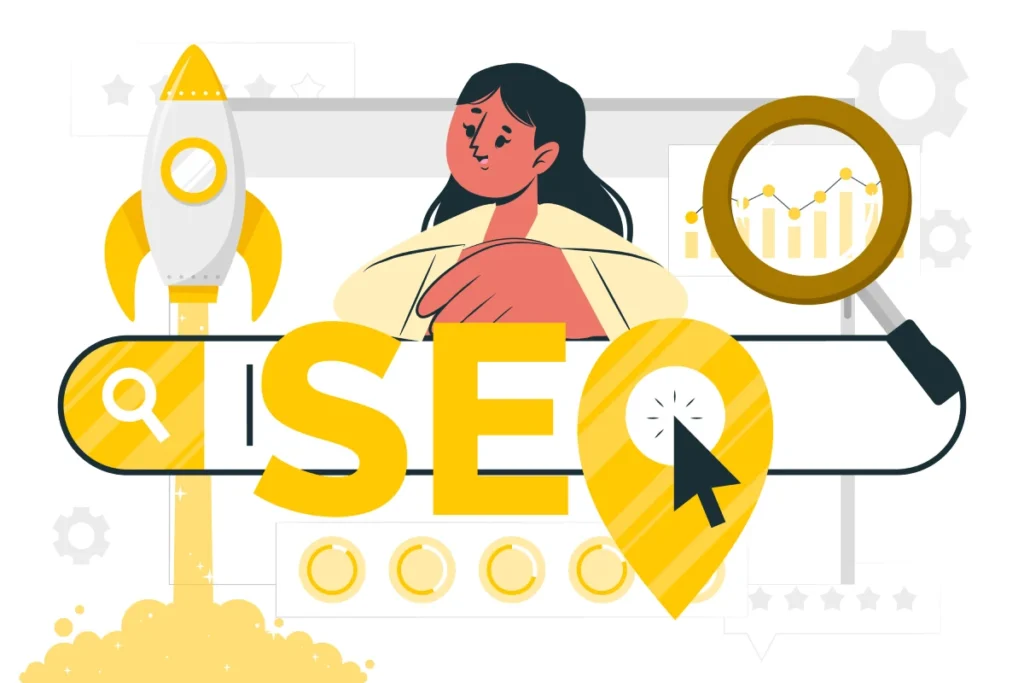
Accomplishing the proper stability among person experience (UX) and technical SEO is essential for enhancing engagement and keeping higher trying-to-find scores. While every UX and search engine optimization aims to create higher virtual evaluations, their desires occasionally involve warfare. What works aesthetically or functionally for customers may not typically align with seek engine high-quality practices. Striking the right balance between visible enchantment, performance, and optimization can maximize user engagement and search engine marketing performance.
Aligning UX Design with seek engine advertising and marketing Best Practices
To ensure a splendid consumer experience and intense searching for ratings, aligning your layout practices with SEO practices is crucial. Here are some key requirements to manual you:
Mobile-first Design
Prioritize responsive, mobile-best layouts. With Google’s cellular-first indexing, your website’s mobile model is generally used for rating and indexing. An online cell-optimized website is essential for search engine marketing.
Fast-loading Pages
Page speed is essential for both UX and search engine marketing. A slow website can raise fees and negatively affect Core Web Vitals (LCP, FID, CLS), impacting search engine scores.
Optimization recommendations:
- Compress pics (use WebP format).
- Implement caching.
- Minify code.
- Reduce vain scripts.
Legible, Structured Content
Well-prepared content enhances each person’s enjoyment and search engine marketing. Use clean headings, bullet points, and concise paragraphs to enhance clarity and assist search engines like Google and Yahoo understand your content.
Search engine optimization tip: Implement suitable heading tags (H1, H2, and many others) and preserve content material structure for better crawlability.
Internal Linking Strategy
A transparent inner linking form lets every user and search engine, such as Google and Yahoo, navigate your website online. It improves usability, complements crawlability, and distributes link equity for the duration of the web page.
Appropriate Use of Schema Markup
Schema markup allows search engines like Google and Yahoo to understand your content better and show rich snippets in seeking consequences, star ratings, product availability, and more. This can enhance visibility and click-on-through expenses.
Overcoming Conflicts Between Design and search engine advertising and marketing
While aligning the UX layout with search engine optimization first-class practices is high, conflicts occasionally arise. For example, layout elements that decorate the character can conflict with search engine advertising and marketing. Here are some not-unusual conflicts and their solutions:
Heavy Visual Elements vs. Page Speed
Problem: High-decision pictures, films, and animations can sluggish net page load times, negatively affecting patron experience and overall SEO performance.
Search engine advertising Impact: Slow loading times increase jump costs and lower Core Web Vitals scores, which can be rating factors.
Solution:
- Compress pix the use of modern-day codecs like WebP.
- Implement lazy loading, so pics load nicely when seen.
- Use mild-weight, optimized visuals and animations.
Minimalist Navigation vs. Crawlability
Problem: Modern web layout tendencies use minimalist navigation, such as hidden menus or dropdowns, to enhance visual appeal. This can reduce content material discoverability for consumers and SERPs like Google and Yahoo.
Seek engine advertising Impact: When content material is buried in hidden menus or requires more than one click to get entry to, serps might also struggle to move slowly and index it, impacting visibility.
Solution:
- Ensure navigation is plain and on hand, with an honest shape.
- Use descriptive menu labels that imply what clients can count on.
- Keep vital pages accessible with clicks, averting hidden content fabric inside the back of nonseen elements.
Infinite Scroll vs. Indexing
Problem: Infinite scroll (in which content material loads continuously as you scroll down) could make it challenging for serps to move all content slowly, specifically at the same time as new content material masses dynamically with JavaScript.
Search engine advertising Impact: If search engines like Google like Google and Yahoo like Google and Yahoo can not index content material as it hundreds, that content will not rank, limiting the website’s online capacity.
Solution:
- Use paginated loading or implement a “Load More” button to permit SERPs to move slowly and index all content material.
- Ensure that Googlebot can enter all pages and that content cloth is correctly linked within the HTML supply code.
JavaScript-Rich Designs vs. Search Engine Advertising Readability
Problem: Websites relying closely on JavaScript to render content could make it challenging for search engines like Google and Yahoo to index textual content or images, specifically if the content is loaded after the net page first renders.
Search engine optimization Impact: Google may not be able to move slowly or index content fabric if it is based totally on an excessive amount of JavaScript or if the script blocks the crawler.
Solution:
- Use server-side rendering (SSR) or dynamic rendering to make sure content material is visible to search engines like Google and Yahoo like google.
- Ensure critical content material fabric for SEO is not hidden behind JavaScript or calls for consumer interaction to be revealed.
Achieving a nice balance between user revel in (UX) and technical seek engine advertising is fundamental for enhancing engagement and securing better-looking scores. While each UX seeks an engine marketing goal to create higher virtual opinions, their dreams occasionally conflict. Striking the proper stability amongst aesthetics, average performance, and optimization enables maximizing client engagement and search engine optimization overall performance. Conflicts regularly arise, but design factors meant to decorate UX can occasionally affect SEO.
Conclusion & Final Thoughts
User experience (UX) has become a critical part of SEO. Google increasingly prioritizes websites that provide superb, reachable, and appealing stories. To be successful, organizations ought to balance tremendous design with SEO optimization.
Key techniques for achieving this balance encompass:
- Optimizing Core Web Vitals for faster, more attractive net websites.
- Ensuring cell responsiveness and a clean-to-navigate format.
- Structuring content material cloth and using schema markup to resource seek engine advertising.
- Resolve conflicts between design elements and search engine advertising by imposing first-rate velocity, crawlability, and clarity practices.
Ultimately, an internet site that combines seamless UX with effective SEO will decorate a personal pleasure, beautify search scores, and stress better conversion charges. However, this stability is not a one-time restoration. It requires non-stop tracking, trying out, and modeling to evolving patron expectancies and seeking engine set of guidelines updates.
Next Steps for Businesses
- Regular UX checking out: Use heatmaps, consultation recordings, and analytics to assess the effectiveness of design modifications and identify friction factors.
- Focus on rising trends: Stay updated with new trends in AI, personalization, and voice are trying to find, as those can considerably affect each UX and SEO.
- Continuous improvements: UX and SEO are dynamic fields, so refine your strategies to maintain an aggressive benefit over time.
Related Posts:
Understanding Core Web Vitals and Their SEO Impact
How to Generate Leads with Email Marketing: A Proven Strategy for 2025
The Power of Content Marketing: How to Drive Business Growth in 2025
How Effective Marketing Automation Transforms Your Business
Do I Need an Email Marketing Tool? 5 Reasons Why the Answer Is Yes


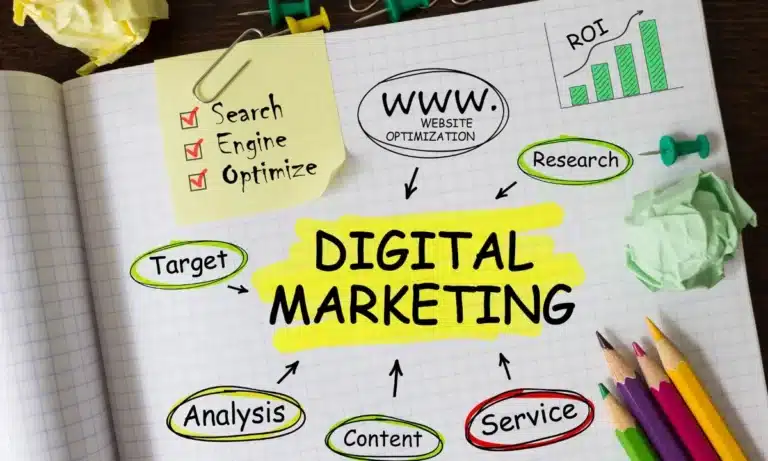




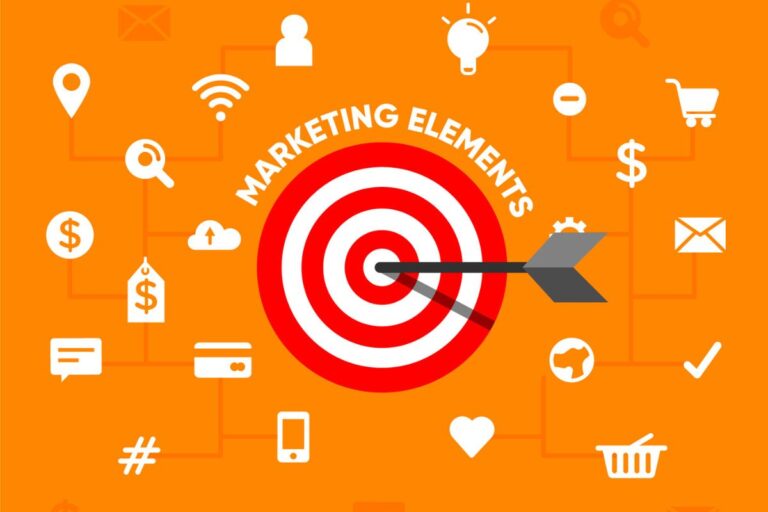
One Response
Very great info can be found on site. “The only thing you take with you when you’re gone is what you leave behind.” by John Allston.